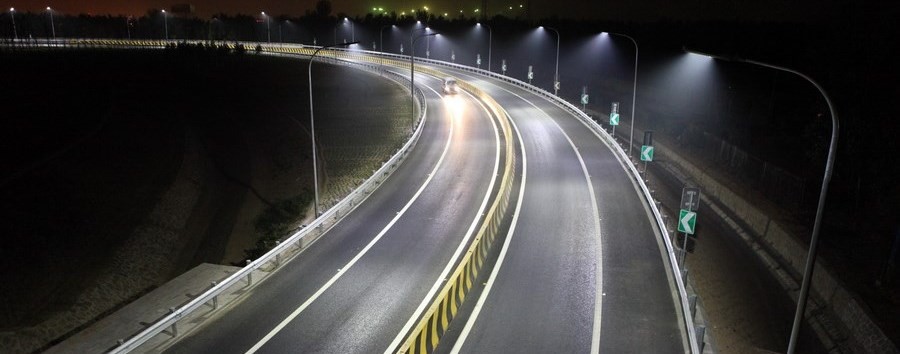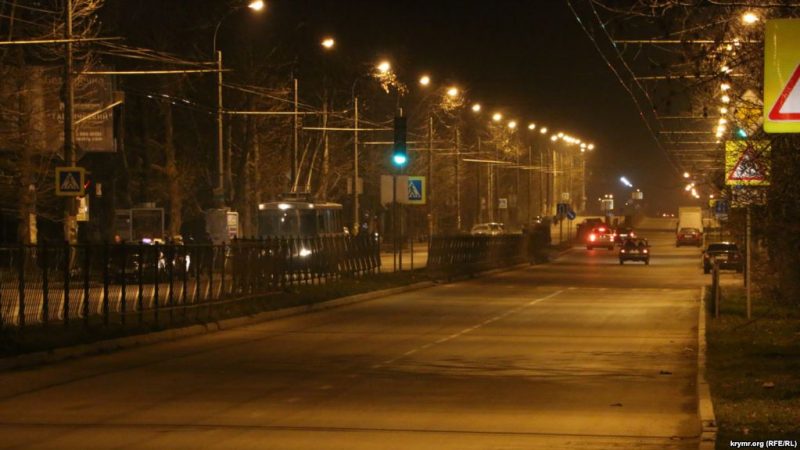 We all have been accustomed to the warm, orange-golden lighting of our cities. This is not surprising, because the HPS lamps in most cases illuminate our streets and are one of the most effective sources of light.
We all have been accustomed to the warm, orange-golden lighting of our cities. This is not surprising, because the HPS lamps in most cases illuminate our streets and are one of the most effective sources of light.
The first to massively begin to use were low-pressure lamps – LPL, which were replaced by more technological mercury gas-discharge lamps, and those in turn were replaced by HPSL- high-pressure sodium-vapor lamps.
What is a sodium-vapor lamp?
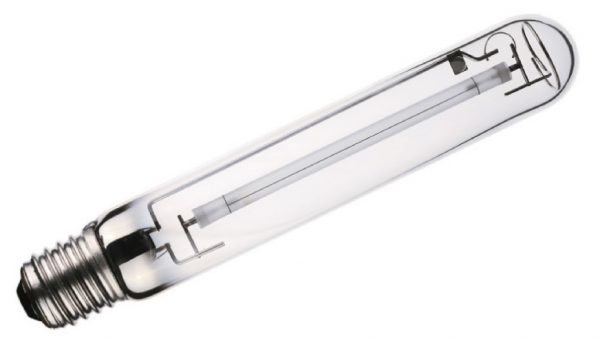 Europe. Such a lamp has a bright orange emission spectrum due to the resonant emission of sodium vapor.
Europe. Such a lamp has a bright orange emission spectrum due to the resonant emission of sodium vapor.Sodium-vapor lamps have significant light intensity in recalculation on the power consumption. That’s why they until recently were the most economical source of lighting and found wide application in street lamps for lighting motorways, streets, squares and courtyards.
But scientific and technological progress does not stand still and to replace the HPS lamps appeared a fundamentally new light source, ultra-bright LEDs.
LEDs (Light Emitting Diode) were invented in 1962, but for a long time it wasn’t possible to create a white-light-emitting diode with brightness 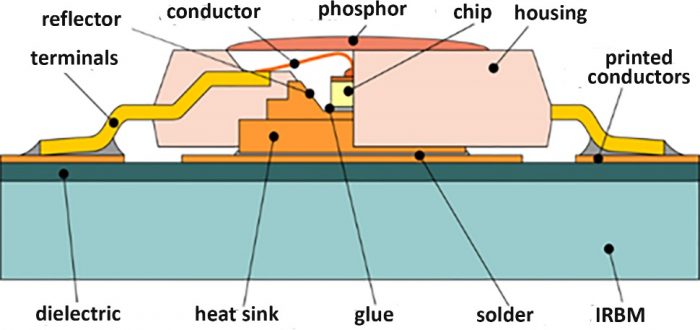 sufficient enough to use it as a lighting device. Initially they used LEDs of three colors: red, green and blue in one crystal. Their joint glow created a white color. However, the cost of such a solution was quite high, but there was no reliability. Only in 2005 appeared white-light-emitting diodes whose brightness matched the brightness of sodium lamps. Scientists created a crystal that radiates in the invisible to the human ultraviolet range. Then, this invisible ultraviolet radiation hits the inner part of the lens, which is covered with a special phosphor-composition that is capable of glowing under the influence of UV-radiation. So, it is it which radiates the light that we see. So, when the ultra-bright LED was invented HPS lamps got a serious competitor as a source of outdoor lighting.So, what are the advantages and disadvantages of LEDs and HPS lamps?
sufficient enough to use it as a lighting device. Initially they used LEDs of three colors: red, green and blue in one crystal. Their joint glow created a white color. However, the cost of such a solution was quite high, but there was no reliability. Only in 2005 appeared white-light-emitting diodes whose brightness matched the brightness of sodium lamps. Scientists created a crystal that radiates in the invisible to the human ultraviolet range. Then, this invisible ultraviolet radiation hits the inner part of the lens, which is covered with a special phosphor-composition that is capable of glowing under the influence of UV-radiation. So, it is it which radiates the light that we see. So, when the ultra-bright LED was invented HPS lamps got a serious competitor as a source of outdoor lighting.So, what are the advantages and disadvantages of LEDs and HPS lamps?
Here, the LEDs and HPS lamps have the same 120Lm/W.  But, if the possibilities of modernization for HPS lamps are already exhausted, for LEDs it is only just the beginning and there are already LED light sources with a light output of 180 lm/W.
But, if the possibilities of modernization for HPS lamps are already exhausted, for LEDs it is only just the beginning and there are already LED light sources with a light output of 180 lm/W.
In addition, LED lamps can shine with high brightness for a maximum of half their lifetime – about 1 year, and then their brightness, and hence energy efficiency, fall, dropping by 40% in the second year, after which their use is generally inappropriate. Another factor that reduces the efficiency of the HPS lamp is the design of the luminaries. The HPS lamp only sends half of its radiation to the side of the illuminated object. The task of the lamp – “to catch” the second half of the light stream and reflect it in the direction we need. Over time, the reflective surface of the luminaries becomes dirty, and the reflected light stream decreases significantly, and the luminaries is cleaned – a very labor-consuming and expensive occupation. LED luminaries constructively direct the entire light stream to the illuminated object and doesn’t have such a problem.
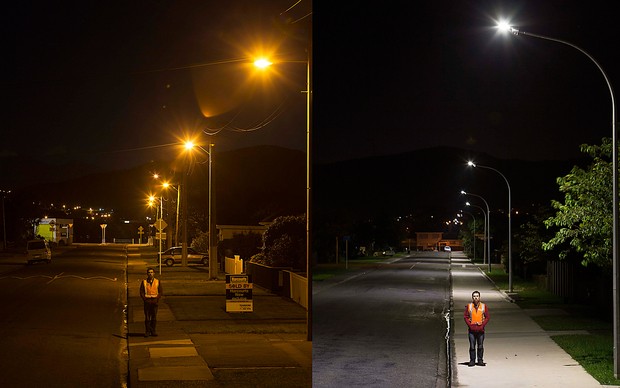 of the natural color of the body to the apparent color of this body when illuminated by this light source, is an indicator of how accurately a person can distinguish the color of an object illuminated by a light source. According to this indicator, the LED is an unconditional leader. The spectrum of its light approaches the spectrum of the sun at noon. That’s why the color rendering index of the white LED is between 80 and 90 units. This indicator is the worst of all light sources – 20-25 units for HPS lamps. Therefore, for example, a dark green machine illuminated by HPS lamps cannot be distinguished from a dark blue or a black one.
of the natural color of the body to the apparent color of this body when illuminated by this light source, is an indicator of how accurately a person can distinguish the color of an object illuminated by a light source. According to this indicator, the LED is an unconditional leader. The spectrum of its light approaches the spectrum of the sun at noon. That’s why the color rendering index of the white LED is between 80 and 90 units. This indicator is the worst of all light sources – 20-25 units for HPS lamps. Therefore, for example, a dark green machine illuminated by HPS lamps cannot be distinguished from a dark blue or a black one.